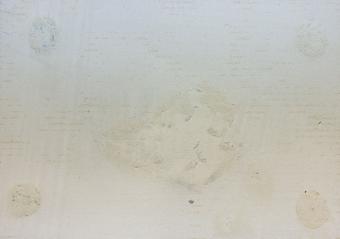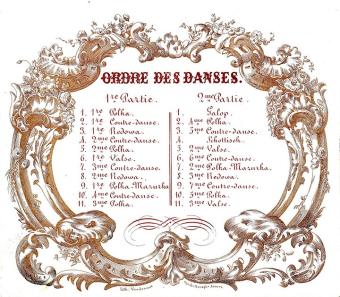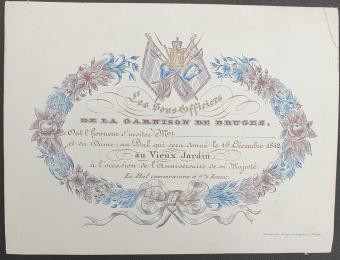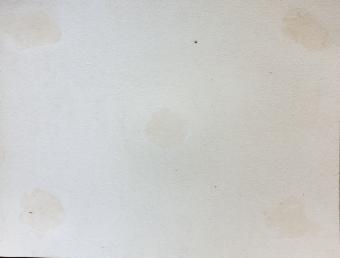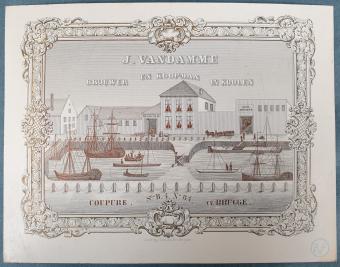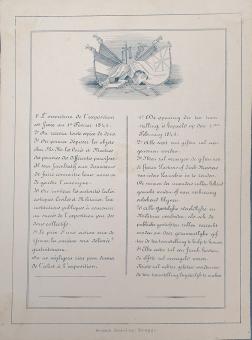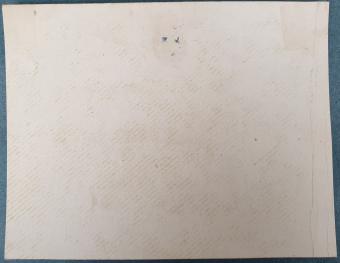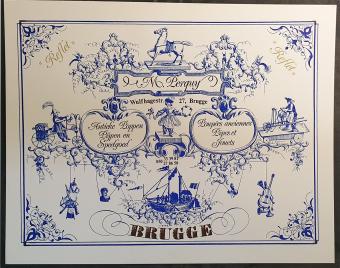Porcelain Cards and Antique Lithograph
Porcelain cards were popular lithographic prints. Porcelain cards were extensively produced, particularly in Belgium, during the reign of Leopold I. Ghent, Brussels, and Bruges served as the bustling centres of the porcelain card industry. In the 1870s, the technique fell unused as it became apparent that the colour powders and lead oxide used in the process posed health risks. To make porcelain cards, cardboard was coated with a mixture of kaolin and lead white, after which it was printed using lithography. The use of specific raw materials and colour powders gave the porcelain card its characteristic white gloss and texture. The printing technique was primarily employed for creating business cards for shops, factories, professionals, societies, schools, and the like, as well as for menu cards and concert programs.
30 Items

















